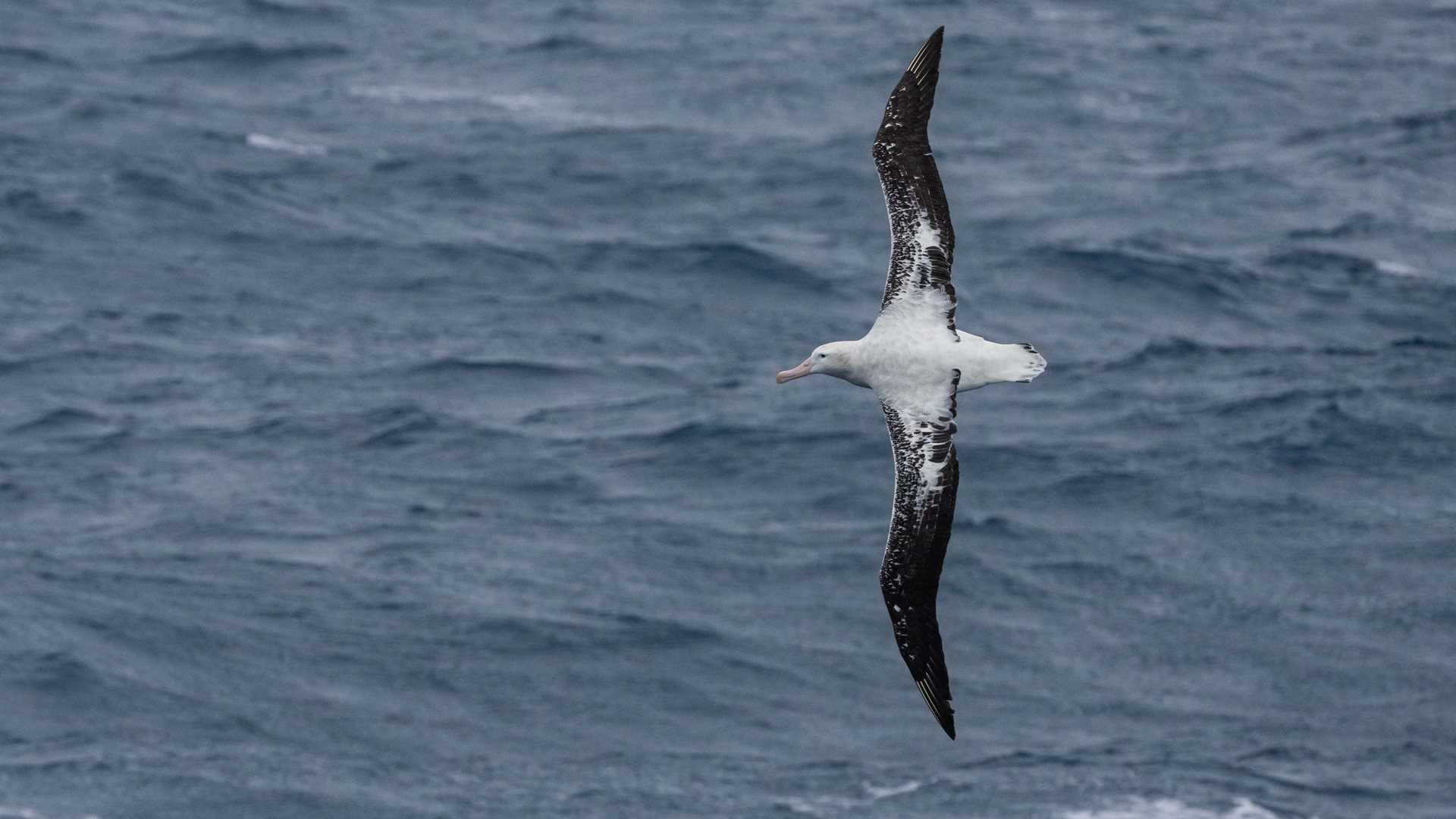Our trip is almost finished, and today we had our last full day crossing the mighty Drake Passage. Our guests have enjoyed various lectures. Thanks to our naturalists, today we learned about “Cetaceans in Antarctica,” “Diving in Sea Mammals,” and “Seabird Poo.” Our National Geographic expert gave us a compelling and inspiring talk about “Sustainable Tourism,” and, finally, we collected images for the Guest Slideshow, which was presented after dinner.
The guests loved the slideshow, and we enjoyed a fantastic reception and lots of curiosity from people into photography. It was rewarding to see such amazing images captured with iPhones and basic cameras. Some of those photos were taken by people who are not trained photographers. Everyone took advantage of our talks on photography while on this trip, and we think they may have a new hobby now!







